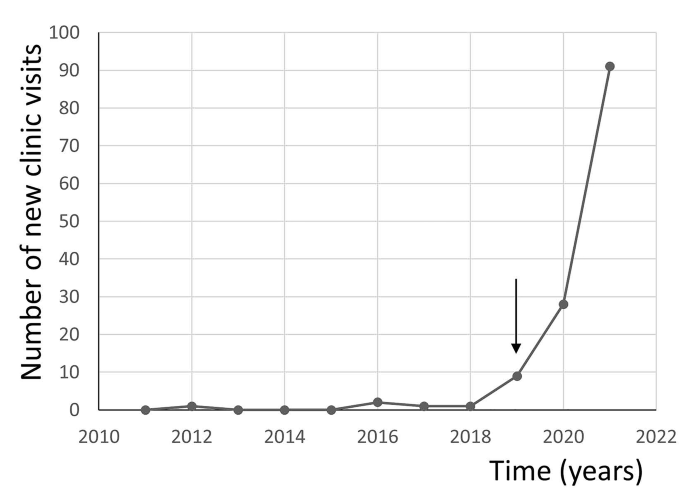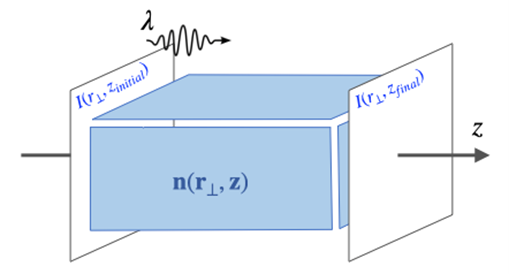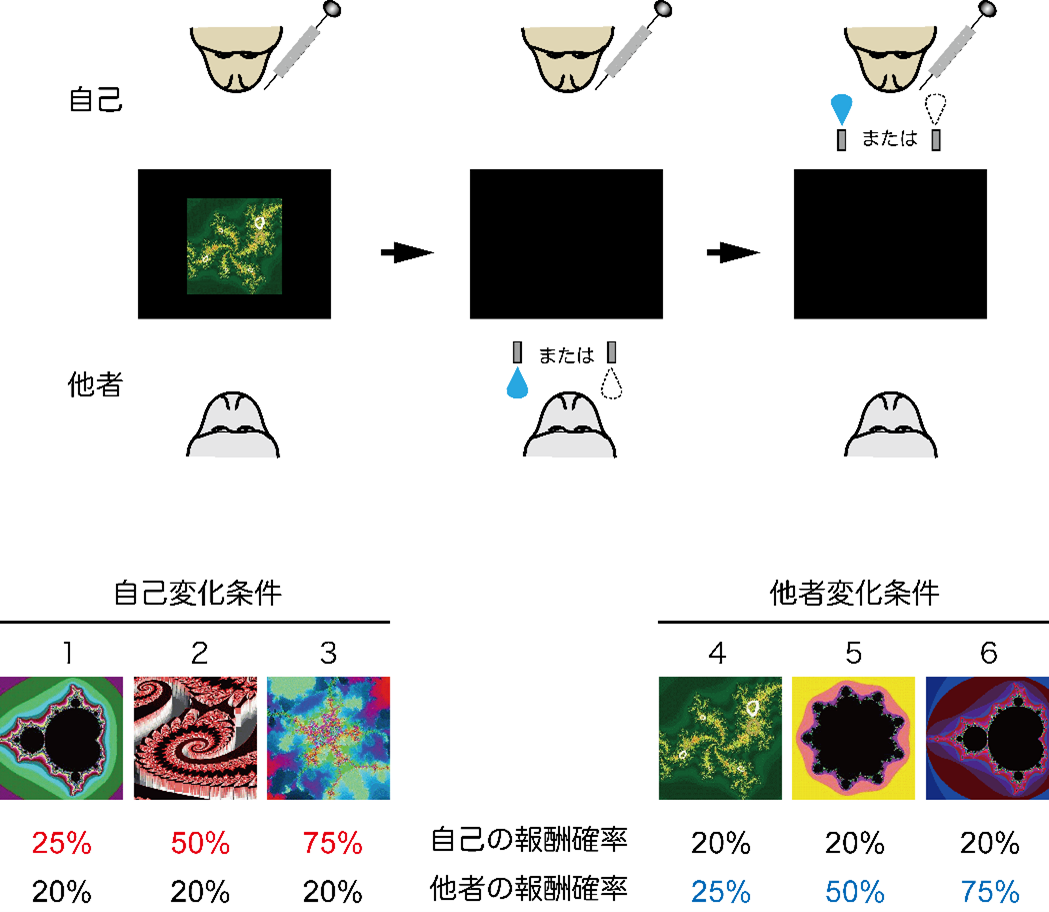2023-07-26 バッファロー大学(UB)
◆HCVは早期に診断・治療が可能な感染症であり、特に脆弱な人々に影響を与えています。バッファローの小児HCVプログラムは、2019年に設立され、UBMD小児科の外来クリニックとJohn R. Oishei Children’s Hospitalの入院相談を含んでいます。HCVに曝露された子供たちのスクリーニングを進めることで、肝硬変や肝がんなどの重篤な合併症を未然に防ぐことが可能とされています。Gómez氏らの目標は、HCV感染に苦しむ家族を支援し、HCVの世界的な撲滅に貢献することです。
<関連情報>
- https://www.buffalo.edu/news/releases/2023/07/Buffalo-clinic-screens-HCV-infants.html
- https://link.springer.com/article/10.1186/s12876-023-02871-8
ニューヨーク州西部の小児における垂直的C型肝炎曝露と感染のレトロスペクティブ分析 Retrospective analysis of vertical Hepatitis C exposure and infection in children in Western New York
Ndeye Licka Dieye,Mine Varol,Shauna C. Zorich,Amy E. Millen,Karl O. A. Yu & Oscar G. Gómez-Duarte
BMC Gastroenterology Published:17 July 2023
DOI:https://doi.org/10.1186/s12876-023-02871-8

Abstract
Background
Vertical transmission of hepatitis C virus (HCV) is the primary cause of hepatitis C in the pediatric population. Nonetheless, only a small proportion of HCV-exposed children are tested. This study aimed to measure the proportion of HCV-exposed children tested and infected in Western New York and to identify factors influencing the odds of testing and infection in this population.
Methods
This was a 11-year retrospective chart review study in which clinical, demographic, and behavioral data for HCV-exposed children and their mothers were collected. This period included year 2019 when a hepatitis C program began promoting early hepatitis C screening among infants born to mothers positive for hepatitis C. PCR-based detection of hepatitis C was used for children under 18 months of age and antibody testing for children above 18 months of age, followed by PCR if the antibody testing was positive. Logistic regression models were used to determine which characteristics associate with testing and infection status.
Results
From a total of 133 children evaluated in clinic for hepatitis C from 2011 to 2021, 96.2% (128/133) were seen from 2019 to 2021. Among the 133 HCV-exposed children in our sample, 72.1% (96/133) were tested for HCV, 62.4% (83/133) were tested by PCR, 9.0% (12/133) tested by antibody, and 5.2% (5/95) of those tested were infected. Only one child out of 12 was positive for hepatitis C antibody yet, subsequent PCR testing was negative in this child. Among all five hepatitis C infected children, four were diagnosed with neonatal abstinence syndrome, five had maternal history of illicit drug use, one had maternal history of HIV infection, and all of them were identified after the hepatitis C program open in 2019. The odds of a child being tested were lower for those accompanied by their biological mother at their clinic visit (odds ratio, 0.16; 95% CI, 0.06–0.45).
Conclusions
Screening programs on hepatitis C vertical transmission improved detection of hepatitis C among exposed children. The proportion of children born to mothers with hepatitis C in Western New York that were positive for hepatitis C was 5.2%, suggesting that similar proportion of exposed infants born before 2019 were lost for follow up.


